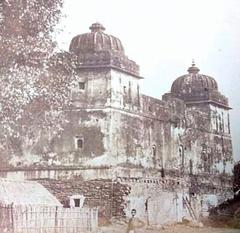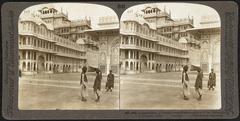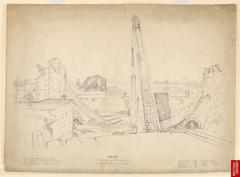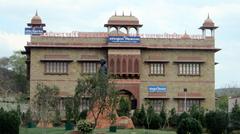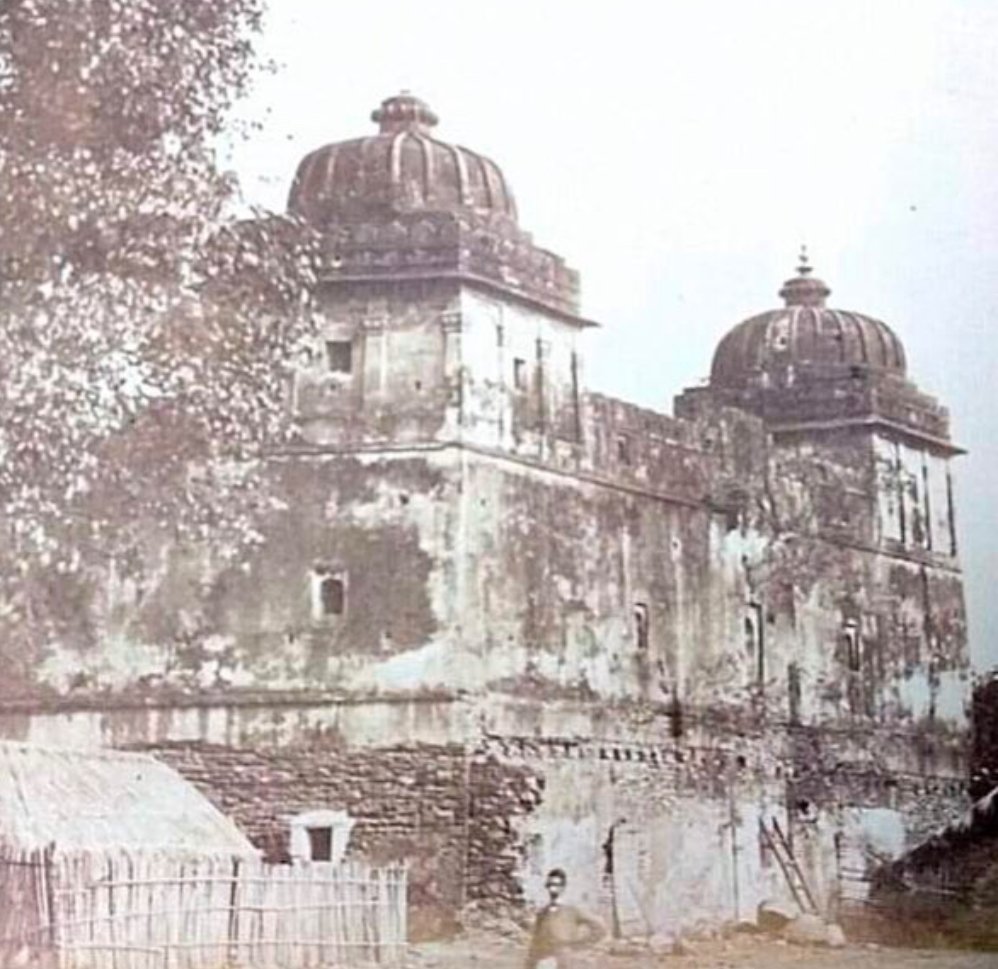
Visiting Jal Mahal: A Complete Guide to Jaipur’s Iconic Water Palace
Date: 17/07/2024
Introduction
Nestled in the heart of the Man Sagar Lake in Jaipur, India, Jal Mahal—meaning ‘Water Palace’—stands as an awe-inspiring symbol of Rajasthan’s architectural genius and rich cultural heritage. Constructed in 1699 by Maharaja Madho Singh I, this palace was originally intended as a hunting lodge for the royal family’s duck hunting escapades. Over time, Jal Mahal has evolved from a royal retreat to one of Jaipur’s most iconic landmarks, drawing tourists from all corners of the globe (Jaipur Tourism).
The palace boasts a unique five-story structure, with four of its levels submerged underwater when the lake is full, giving it a surreal, floating appearance. It beautifully amalgamates Rajput and Mughal architectural styles, featuring intricate carvings and red sandstone construction. Notably, Maharaja Jai Singh II of Amber undertook significant renovations in the 18th century, adding chhatris (cenotaphs) and a terrace garden known as Chameli Bagh to enhance its allure (Cultural India).
Despite facing periods of neglect, Jal Mahal has been magnificently restored in the 21st century through combined efforts by the Rajasthan government and private entities. This restoration not only revived the palace but also rejuvenated the Man Sagar Lake, turning it into a thriving ecological zone that attracts bird watchers and nature enthusiasts alike (Rajasthan Tourism).
Whether you are a history buff, an architecture enthusiast, or simply someone looking for a serene spot to relax, Jal Mahal offers a mesmerizing experience that encapsulates Jaipur’s royal heritage. This comprehensive guide will provide you with all the essential information you need for your visit, including history, ticket details, travel tips, and nearby attractions.
Table of Contents
History of Jal Mahal, Jaipur
Origins and Construction
Jal Mahal, or the ‘Water Palace,’ is a stunning architectural marvel located in the middle of the Man Sagar Lake in Jaipur, India. The palace was originally constructed in 1699 by Maharaja Madho Singh I as a hunting lodge. The design of Jal Mahal is a blend of Rajput and Mughal architectural styles, evident in its intricate carvings and the use of red sandstone.
Renovations and Enhancements
In the 18th century, Maharaja Jai Singh II of Amber undertook significant renovations to enhance the beauty and functionality of Jal Mahal. He added several features, including the chhatris (cenotaphs) on the rooftop and a terrace garden known as Chameli Bagh, which added to its aesthetic appeal.
Architectural Significance
Jal Mahal is a five-story building, with four floors submerged underwater when the lake is full. This unique feature gives the palace an ethereal appearance, as it seems to float on the surface of the lake. The walls of the palace are made of lime mortar, which has helped preserve the structure by preventing water seepage.
Historical Events and Usage
Throughout its history, Jal Mahal has witnessed several significant events. During the reign of Maharaja Sawai Pratap Singh in the late 18th century, the palace served as a venue for royal picnics and water sports. The palace was also used for hosting important dignitaries and guests of the royal family.
Restoration Efforts
In the early 21st century, the Rajasthan government, in collaboration with private entities, initiated a major restoration project to revive Jal Mahal and its surroundings. The project aimed to restore the palace and rejuvenate the Man Sagar Lake. The restoration efforts included the removal of silt and debris from the lake, repair of the palace’s structure, and landscaping of the surrounding areas. The project was completed in 2012, and Jal Mahal was once again opened to the public.
Cultural and Historical Impact
Jal Mahal holds a special place in the cultural and historical landscape of Jaipur. It is a symbol of the city’s royal heritage and architectural brilliance. The palace has been featured in numerous films, documentaries, and travel shows, further cementing its status as an iconic landmark. The restoration of Jal Mahal has also had a positive impact on the local economy, as it has become a major tourist attraction, drawing visitors from around the world.
Visitor Information
Visiting Hours and Tickets
Jal Mahal is open to visitors from 9:00 AM to 5:00 PM every day. Tickets can be purchased at the entrance or online through the official Rajasthan Tourism website. The ticket prices are as follows:
- Adults: INR 100
- Children (5-12 years): INR 50
- Children (under 5 years): Free
Travel Tips
- Best Time to Visit: The best time to visit Jal Mahal is during the winter months (October to March) when the weather is pleasant.
- Photography: The palace is a photographer’s delight, especially during sunrise and sunset. Make sure to carry a good camera to capture its beauty.
- Guided Tours: Consider taking a guided tour to learn more about the history and significance of Jal Mahal.
Nearby Attractions
- Amber Fort: A majestic fort located about 11 kilometers from Jal Mahal (Amer Fort).
- Hawa Mahal: Also known as the ‘Palace of Winds,’ it is a must-visit historical site in Jaipur (Hawa Mahal).
- City Palace: A beautiful palace complex that offers a glimpse into the royal heritage of Jaipur (City Palace).
Accessibility
Jal Mahal is accessible by road, and there are ample parking facilities available for visitors. The palace is well-connected by public transport, including buses and auto-rickshaws.
FAQ
What are the visiting hours for Jal Mahal?
Jal Mahal is open from 9:00 AM to 5:00 PM every day.
How to get tickets for Jal Mahal?
Tickets can be purchased at the entrance or online through the official Rajasthan Tourism website.
What is the best time to visit Jal Mahal?
The best time to visit Jal Mahal is during the winter months (October to March) when the weather is pleasant.
Is Jal Mahal accessible by public transport?
Yes, Jal Mahal is well-connected by public transport, including buses and auto-rickshaws.
Conclusion
Jal Mahal in Jaipur is not just an architectural marvel but a symbol of the city’s rich history and cultural heritage. Its unique location and historical significance make it a must-visit destination for tourists. Whether you’re a history enthusiast, a photography lover, or simply looking for a serene spot to relax, Jal Mahal has something to offer for everyone. Plan your visit today and immerse yourself in the beauty and history of this iconic landmark.
Call to Action
For more information on Jaipur’s historical sites and travel tips, download our mobile app Audiala, check out our other related posts, or follow us on social media for more updates!
References
- Jal Mahal, Jaipur. (n.d.). Retrieved from Jaipur Tourism
- Restoration of Jal Mahal. (n.d.). Retrieved from Rajasthan Tourism
- Architectural Significance of Jal Mahal. (n.d.). Retrieved from Cultural India
